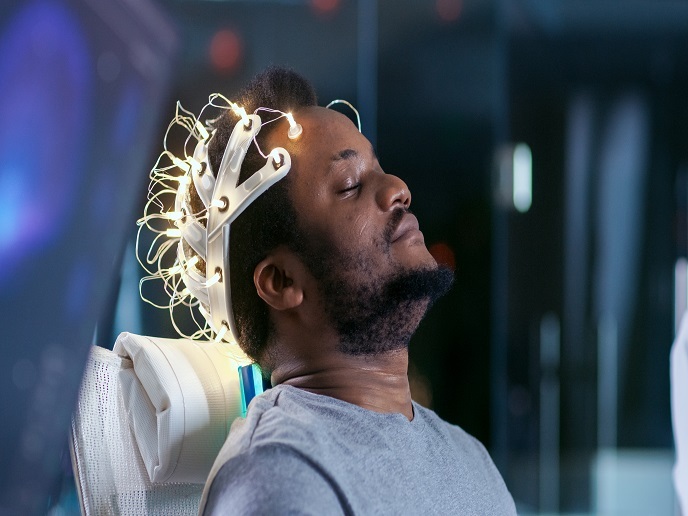Light-based technology allows the non-invasive monitoring of brain health
Treatment outcome of severe traumatic brain injury (TBI) caused by car crashes or falls relies on the extent of hypoxia and metabolic disturbances. Better understanding the pathophysiology of brain injury and the associated biochemical, cellular and molecular changes can improve early-phase management.
Near-infrared brain-monitoring technology
Undertaken with the support of the Marie Skłodowska-Curie programme, the BitMap project developed photonics-based devices for monitoring brain health in neurocritical care of TBI and newborn hypoxia. “Our concept relies on measuring clinically relevant hemodynamic parameters using near-infrared light which is harmless to biological tissue,” outlines project coordinator Hamid Dehghani. Researchers developed techniques and analysis methods capable of determining specific biomarkers of tissue hypoxia, ischaemia, and oxygen metabolism. These standardised clinical quantities were measured using non-invasive optical approaches, providing the opportunity for continuous monitoring of patient health at the bedside. The BitMap technology is simple: light is applied on the surface of the head through a fibre, and travels through and beyond the surface of the brain and back, where it is detected by another fibre. The amount of light being reflected and the time it has taken to travel provides information about tissue health, particularly the amount of oxygen, as well as indications regarding blood flow and metabolic activity.
BitMap clinical performance
BitMap scientists have tested the technology, particularly that of diffuse imaging and diffuse correlation spectroscopy, in patients as well as healthy subjects. The Vall d'Hebron University Hospital and the Institute of Photonic Sciences in Spain have used project platforms in intensive care settings with promising results. The identification of a set of new biomarkers supports their use as bedside monitors. The University Hospitals Birmingham and the University of Birmingham obtained similarly encouraging results on mild, moderate and severe TBI patients, demonstrating the capacity of biphotonic technologies to provide information on brain trauma lesions and improve care. Moreover, at the University College London Hospitals, the application of BitMap technologies in newborns with birth asphyxia – a condition associated with reduced oxygen levels during birth – enabled the quantification of brain injury severity and helped predict the neurobehavioural outcome.
BitMap significance and future prospects
Using physics to obtain morphological and physiological information on the human body is not a novel concept: it already has many applications in medicine. When it comes to monitoring of the brain, the capacity to obtain immediate results in real time in a non-invasive way is critical. The BitMap devices can be employed to detect and characterise TBI, concussion in sports as well as consciousness in patients in a vegetative state. This helps clinicians evaluate individual patient response to treatment and adjust care accordingly. With a view to the future, Dehghani is hopeful that “future and continued funding will help optimise these technologies to monitor brain health during surgery and improve clinical outcome.” Combined with the training of early-stage researchers during BitMap, funding will fuel future breakthroughs in technology development for neurocritical care. Long term, this translates into improved patient recovery and reduced healthcare costs.
Keywords
BitMap, traumatic brain injury (TBI), near-infrared light, hypoxia, concussion, birth asphyxia

